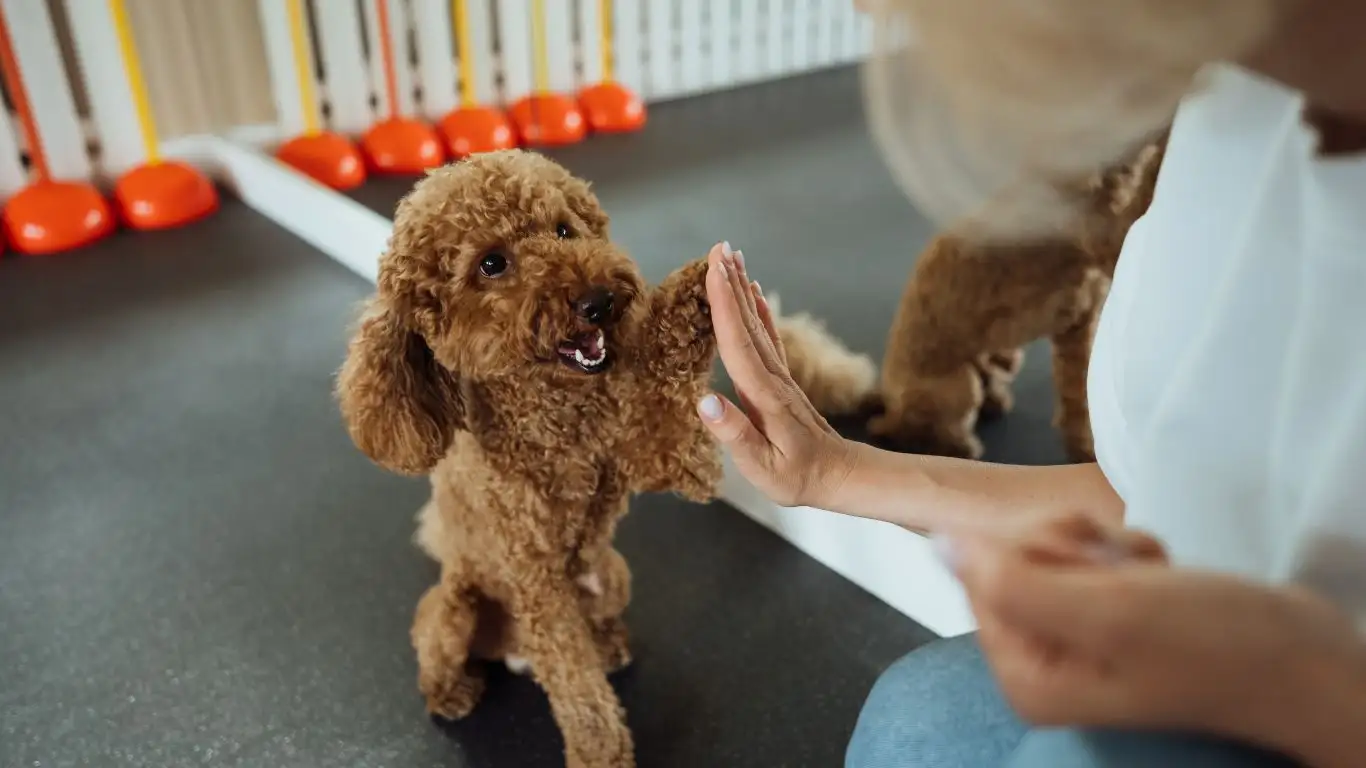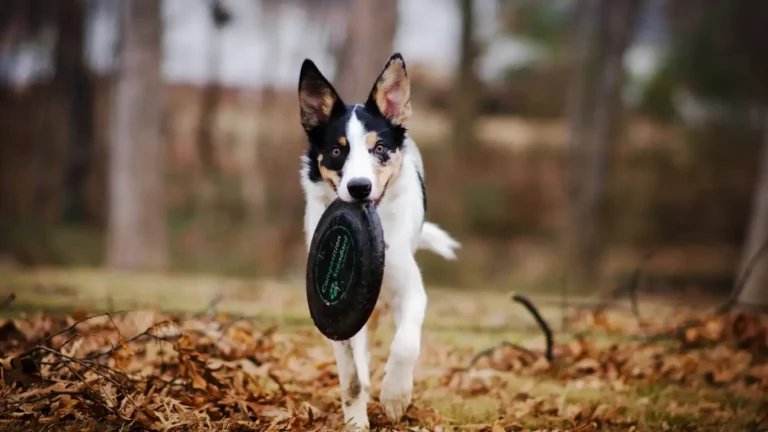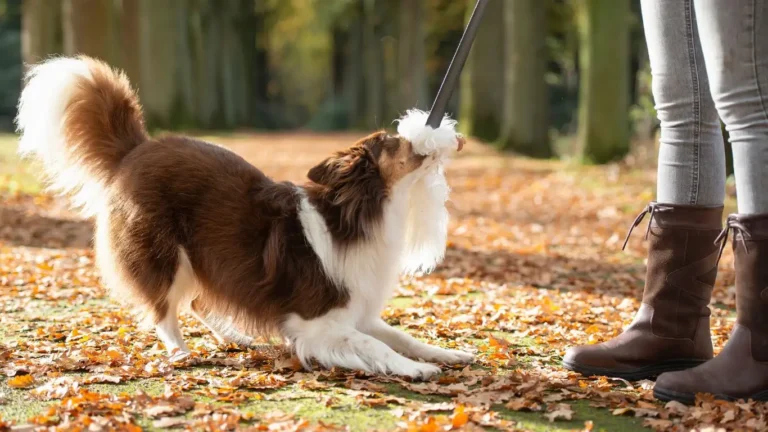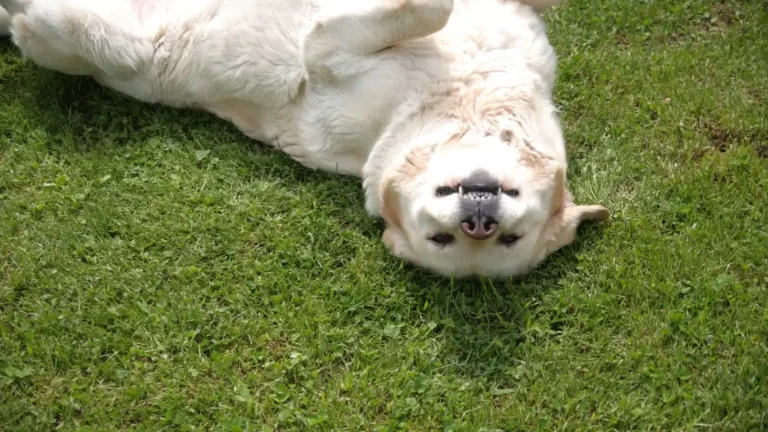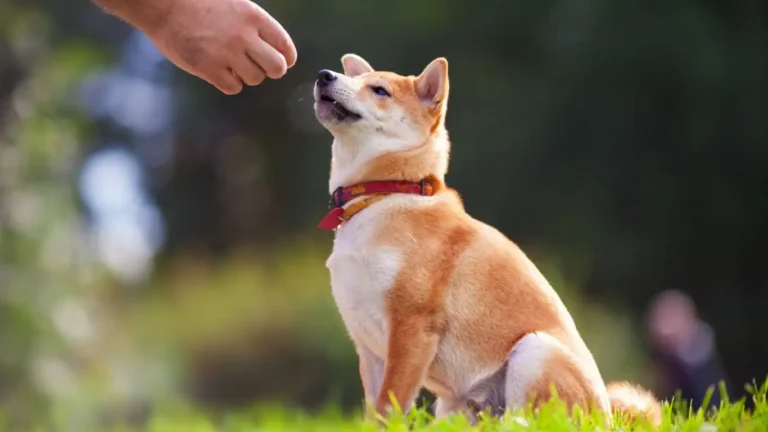Train Your Dog to Play Fetch Calmly Without Barking
Training a dog to play fetch without barking can feel like a balancing act. On one hand, it’s exciting to see your dog full of energy and eager to play. On the other, the barking—especially when persistent—can be stressful for both you and those around you.
This guide offers a gentle, clear approach to help your dog enjoy fetch calmly. It’s built on trust, patience, and consistent behavior patterns that work with your dog’s natural instincts, not against them.
Understanding the Root of the Barking
Dogs often bark during fetch out of excitement or frustration. It’s a form of communication that may signal overstimulation or confusion about what’s expected of them.
Barking doesn’t always mean something’s wrong—it can simply be a learned part of how your dog plays. The goal isn’t to suppress your dog’s joy, but to guide that energy into more peaceful play.
Signs and Symptoms
It’s helpful to notice when and how your dog barks during fetch. This gives insight into what might be triggering the behavior.
- Rapid barking as soon as the ball is picked up
- High-pitched yelps while waiting for the ball to be thrown
- Growling or grumbling during the chase
- Barking when the game pauses or ends
- Overly intense focus on the ball, with trembling or pacing
If these signs seem extreme or happen outside of fetch play, they could point to deeper anxiety or behavioral issues.
Common Causes of Barking During Fetch
Understanding what causes the barking can help shape your training plan. Every dog is different, but a few triggers come up often.
- Overexcitement: Dogs who love to chase may become too stimulated to control their vocalizations.
- Frustration: Some dogs bark when they can’t reach the toy or when waiting too long.
- Attention-seeking: Barking may be a learned behavior if the dog gets rewarded with a throw or praise afterward.
- Lack of impulse control: Dogs without training in patience may bark when they don’t understand how to wait quietly.
Identifying the root cause helps tailor your response. It’s not about punishing barking, but understanding it.
When to Get Help
Most dogs can be guided to calmer play at home, but some may need extra support. If the barking is extreme or comes with other signs of stress, it may be time to consult a professional.
- Signs of aggression during or after fetch
- Obsessive behavior toward the ball or toy
- Anxiety before play begins
- Barking that doesn’t improve with training efforts
A certified dog trainer or behaviorist can assess your dog’s individual needs and provide structured support.
How to Train a Dog to Play Fetch Without Barking
Training begins by shifting your dog’s focus from automatic excitement to thoughtful action. This takes time, but many dogs respond well to consistent, calm guidance.
Step 1: Teach a Reliable “Quiet” Cue
Start by rewarding silence. When your dog is quiet—even for a few seconds—offer praise and a treat. Introduce a cue like “quiet” in a calm voice just before the reward.
Repeat in different settings, not just during fetch. The goal is for your dog to associate the word with staying calm and being rewarded.
Step 2: Practice Calm Starts
Before the game begins, ask your dog to sit and wait. If they bark while waiting, pause and turn away. Only begin the game when they’re calm and quiet.
This teaches your dog that barking delays the fun, while quiet behavior makes it happen faster.
Step 3: Short Sessions with Clear Breaks
Overlong fetch sessions can lead to overstimulation. Keep play brief and structured. After a few throws, take a break for a sit or calm-down moment.
During these pauses, reinforce calm behavior with affection or a small treat.
Step 4: Reinforce Return, Not the Bark
If your dog barks on the way back with the ball, resist the urge to throw it again right away. Wait until they’re quiet before initiating the next round.
In time, your dog will connect quiet behavior with continued play.
Step 5: Add Verbal Markers and Praise
Use calm verbal praise (“good quiet,” “nice bring back”) to guide behavior. Dogs often respond well to the tone and consistency of voice, even more than the words themselves.
Keeping your tone even and steady helps set the emotional tone for the whole game.
What to Avoid
Even well-meaning corrections can sometimes backfire. Avoid these common pitfalls during training:
- Yelling: Raises your dog’s arousal level and may reinforce barking.
- Throwing the toy during barking: Rewards the behavior you want to stop.
- Extended play without breaks: Makes it harder for your dog to stay emotionally regulated.
- Ignoring small progress: Every bit of calm behavior is worth celebrating.
Training is a dialogue, not a demand. Dogs want to understand what pleases you—they just need it communicated clearly.
Treatment and Support Strategies
In many cases, behavior changes can be supported through simple, everyday routines. These strategies promote long-term calm and cooperation.
- Daily enrichment: Provide mental stimulation outside of fetch—puzzle toys, scent work, and obedience games can help balance energy levels.
- Predictable routines: Dogs thrive with structure. Play at similar times of day when possible.
- Training breaks: Mix fetch with brief training cues like “sit,” “stay,” or “come.” This builds impulse control naturally.
- Physical exercise: A well-exercised dog is less likely to bark out of sheer energy. Walks, tug, or swimming are great additions to fetch.
These tools, used consistently, help lay the groundwork for a quieter, more cooperative playtime experience.
Final Thoughts
Every dog has a unique voice and personality. Barking during fetch doesn’t mean your dog is misbehaving—it’s often a sign of excitement, confusion, or a desire to connect with you.
With time, empathy, and consistent training, most dogs can learn to enjoy fetch without barking. You’re not taking away their fun—you’re giving them the tools to enjoy it more peacefully.
And if the journey feels overwhelming, it’s okay to ask for help. Certified dog trainers and behavior specialists are there to support both you and your dog.
Building quiet, joyful play is a gift you give your dog—and yourself.
